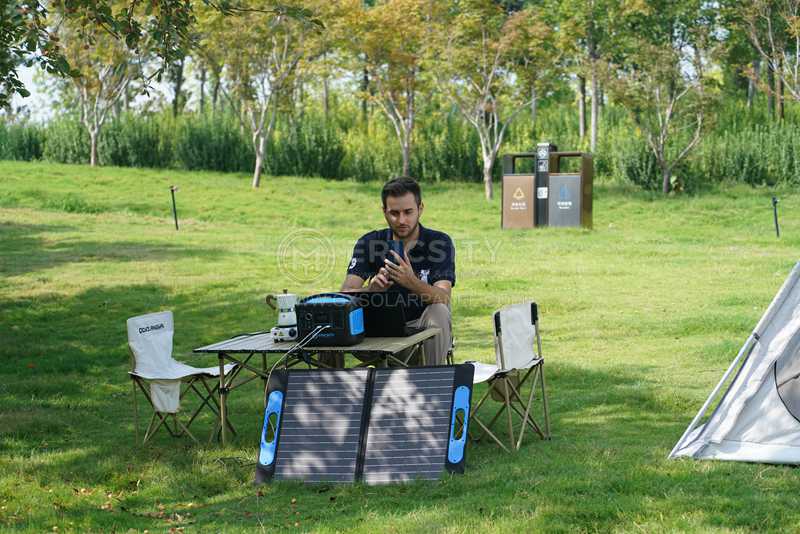HOT PRODUCT
Product Details
350w Flexible Solar Panels: Frequently Asked Questions And Answers
350W Flexible Solar Panels: Frequently Asked Questions and Answers
Solar energy has gained significant popularity in recent years due to its renewable and sustainable nature. As the demand for solar panels continues to grow, new innovations have emerged to make solar power more accessible and adaptable to various applications. One such innovation is the development of 350W flexible solar panels, which offer unique benefits over traditional rigid panels. In this article, we will explore some frequently asked questions about these panels and provide you with comprehensive answers.
1. What are 350W flexible solar panels?
350W flexible solar panels are lightweight and thin solar panels that can be bent or curved to fit various surfaces. Unlike traditional solar panels that are made of rigid materials, these flexible panels utilize advanced thin-film technology. They are typically manufactured using thin layers of photovoltaic material deposited on a flexible substrate, such as plastic or metal. The result is a highly efficient solar panel that can conform to curved surfaces, making them ideal for applications where traditional panels are impractical.
2. How do 350W flexible solar panels work?

Just like conventional solar panels, 350W flexible solar panels harness the power of sunlight to generate electricity. The thin layers of photovoltaic material within the panel are made up of semiconductors, such as amorphous silicon or cadmium telluride. When sunlight strikes these materials, photons are absorbed, causing electrons to become energized and create an electric current. This current is then captured and converted into usable electrical energy.
3. What are the advantages of 350W flexible solar panels?
One of the primary advantages of 350W flexible solar panels is their ability to conform to curved surfaces. This flexibility opens up a wide range of applications, including RVs, boats, curved roofs, and portable solar systems. The lightweight nature of these panels also makes them easier to install and transport, reducing overall costs. Additionally, the thin-film technology used in flexible panels performs better under low-light conditions, allowing for enhanced efficiency in less ideal weather conditions.
4. Are 350W flexible solar panels less efficient than traditional panels?


While traditional rigid solar panels may have slightly higher efficiency rates, the overall efficiency of 350W flexible solar panels has improved significantly over the years. Advances in thin-film technology have made these panels more efficient than ever before, approaching the efficiency of certain rigid panels. It’s important to consider other factors, such as the specific application and available space, when comparing the efficiency of different solar panel types.
5. Can 350W flexible solar panels be installed on any surface?

350W flexible solar panels can be installed on a wide variety of surfaces, including metal, plastic, wood, and even fabric. However, it’s essential to ensure that the surface is strong enough to support the panel’s weight and that the panel is properly secured. Manufacturers typically provide specific installation guidelines, including recommended surfaces and mounting methods, to ensure optimal performance and longevity.
In conclusion, 350W flexible solar panels offer a flexible, lightweight, and efficient alternative to traditional rigid panels. Their unique characteristics make them suitable for a range of applications where traditional panels may not be feasible. With advances in technology, these panels continue to improve in efficiency, making solar energy more accessible and adaptable than ever before. Consider exploring the possibilities of 350W flexible solar panels for your next solar project.




